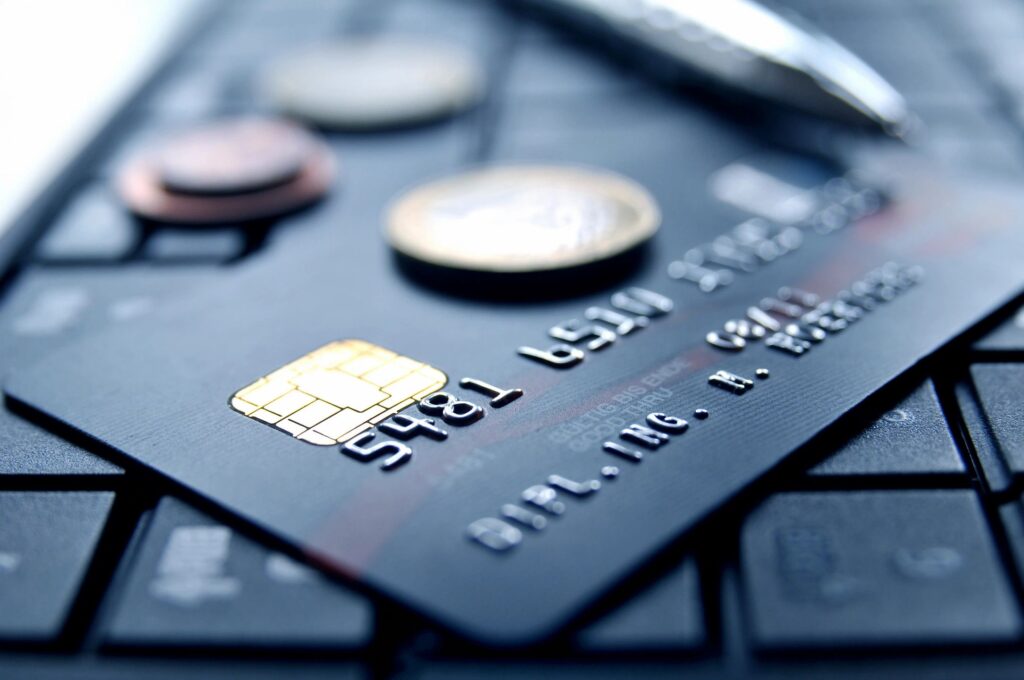Top Free Budgeting Apps of 2025
Managing your money doesn’t have to be stressful—or expensive. Whether you’re looking to pay down debt, stash away savings, or simply stay on top of monthly expenses, budgeting apps can make your financial goals more achievable. The best part? Many of the most effective tools out there are completely free.
Here’s a look at the top free budgeting apps in 2025 that can help you master your money without spending a cent.
1. Mint (by Intuit)
Perfect for: Beginners who want everything in one place
What makes it stand out:
Mint remains one of the most popular budgeting apps around thanks to its simplicity and robust feature set. It links directly to your bank and credit accounts, tracking your spending and categorizing it automatically. Plus, you get real-time updates, budget insights, bill tracking, and even a credit score check.
What you’ll like:
- Easy setup with automatic syncing
- All-in-one dashboard for spending, bills, and credit
- Completely free with tons of features
What to watch for:
- Occasional ad pop-ups
- Some miscategorized transactions
2. YNAB (You Need a Budget) – Free for Students
Perfect for: Students and budgeters who want total control
Why it’s worth using:
YNAB takes a proactive approach to budgeting, urging users to assign every dollar a purpose. While it’s usually a paid service, students can get a free 12-month subscription. It’s one of the most effective tools for truly understanding and reshaping your financial habits.
Highlights:
- Teaches long-term money management
- Encourages you to plan for every expense
- Free if you’re a student with a .edu email
Drawbacks:
- Takes a bit of time to learn
- Only free with student status

3. Goodbudget
Perfect for: Fans of envelope-style budgeting
Why it’s a solid choice:
Goodbudget is a digital version of the cash envelope system, where you allocate money to different spending categories in advance. It doesn’t link to your accounts, so you manually track expenses—great for people who want more control and privacy.
Upsides:
- Great for families or shared finances
- Encourages mindful spending habits
- Works across devices
Downsides:
- Manual entry required
- Limited features in the free version
4. PocketGuard
Perfect for: Quick insights on spending limits
What makes it shine:
PocketGuard helps you stay on top of daily spending by showing how much disposable income you really have. Its standout “In My Pocket” tool subtracts bills, goals, and savings from your income, leaving you with a clear snapshot of what you can safely spend.
Pros:
- Simple to use
- Automatic bank syncing
- Great for avoiding overspending
Cons:
- Fewer customization options
- Premium version unlocks more features
5. Spendee
Perfect for: Visual thinkers and shared budgeters
Why users love it:
Spendee is ideal if you prefer clean visuals and colorful graphs. You can set budgets, track spending manually, and even manage shared wallets with family or roommates. The interface is a treat, but some features require an upgrade.
Strengths:
- Eye-catching, intuitive design
- Easy to share with others
- Works offline
Limitations:
- Bank syncing is a paid feature
- Free version has limited customization
6. EveryDollar (Free Plan)
Perfect for: Zero-based budgeters and Dave Ramsey followers
Why it’s useful:
EveryDollar follows a zero-based budgeting approach, where you give every dollar a job. The free version involves manual entry, but it’s great for staying involved in every part of your budget. If you like structure and goal setting, this app delivers.
Advantages:
- Promotes disciplined budgeting
- Streamlined and straightforward
- Great for financial accountability
Disadvantages:
- No account syncing in the free version
- Not as automated as others
Wrapping Up
No matter your income or financial goals, there’s a free budgeting app out there that can help you get organized, stay accountable, and feel more confident about your money. Mint is ideal for hands-off users, while YNAB and EveryDollar offer a more in-depth approach. For couples or shared finances, Goodbudget and Spendee are worth checking out.
Getting started is easy—and free. Choose the one that fits your style and start building smarter financial habits today.
| App | Best For | Free Features | Pros | Cons |
|---|---|---|---|---|
| Mint | Beginners & all-in-one management | Account syncing, budgeting, credit score, bill tracking | Automatic tracking, credit score, customizable alerts | Ads can be intrusive, occasional category mislabels |
| YNAB | Students & hands-on budgeters | 12 months free for students (.edu email), full access to all features | Deep control over money, educational tools | Free only for students, learning curve |
| Goodbudget | Envelope-style budgeting | Manual tracking, up to 10 envelopes, 1 or 2 devices | Great for couples, privacy (no syncing), envelope system | Manual entry, fewer envelopes in free version |
| PocketGuard | Quick spending insights | Account syncing, “In My Pocket” tool, transaction tracking | Simple interface, shows spendable income clearly | Limited customization, some features locked behind paywall |
| Spendee | Visual learners & shared finances | Manual expense tracking, budgets, shared wallets | Clean visuals, shared budgeting, works offline | Bank syncing and advanced features require paid plan |
| EveryDollar | Zero-based budgeting & Dave Ramsey fans | Manual budgeting, expense tracking | Easy to use, great for goal-focused users | No syncing in free version, very basic without paid upgrade |



